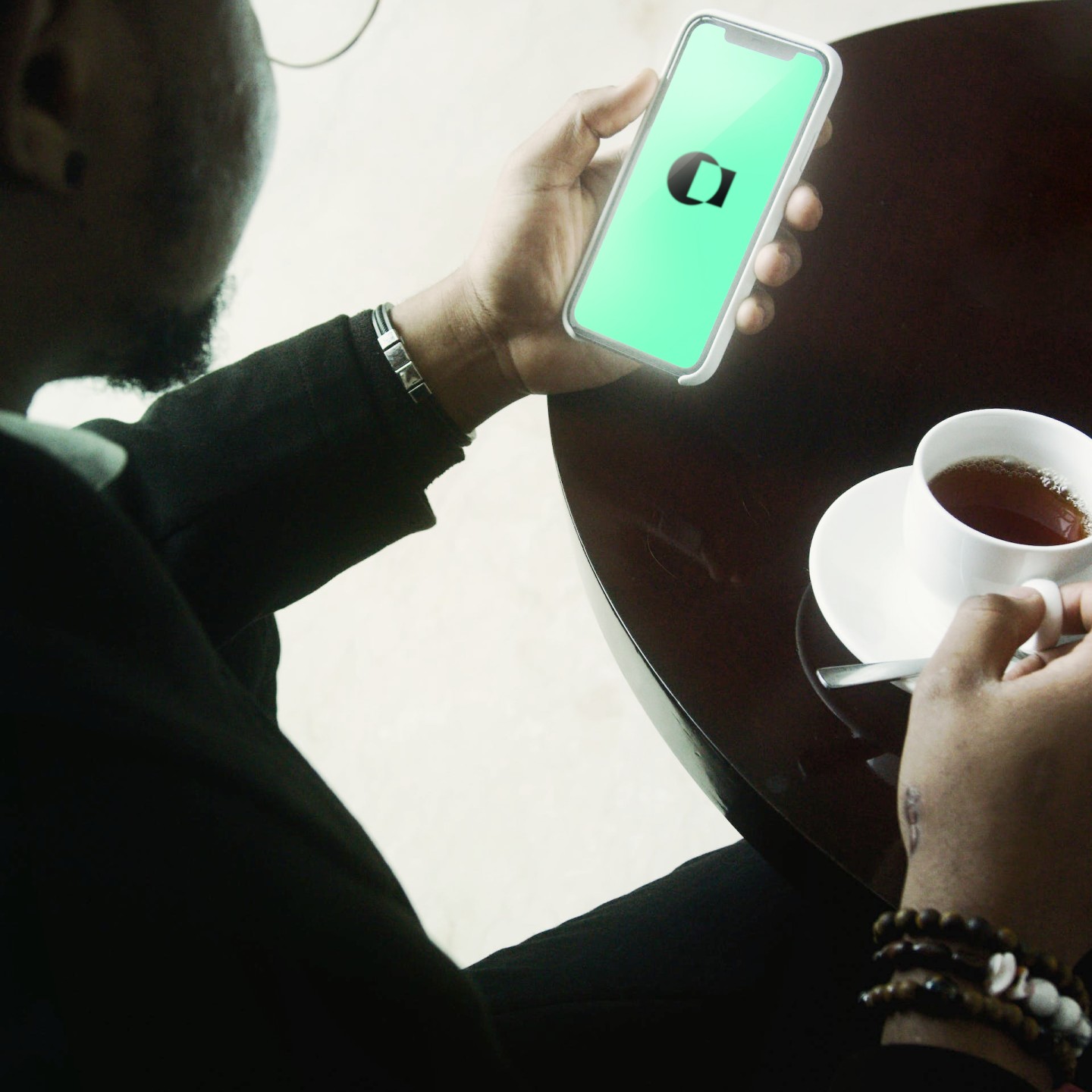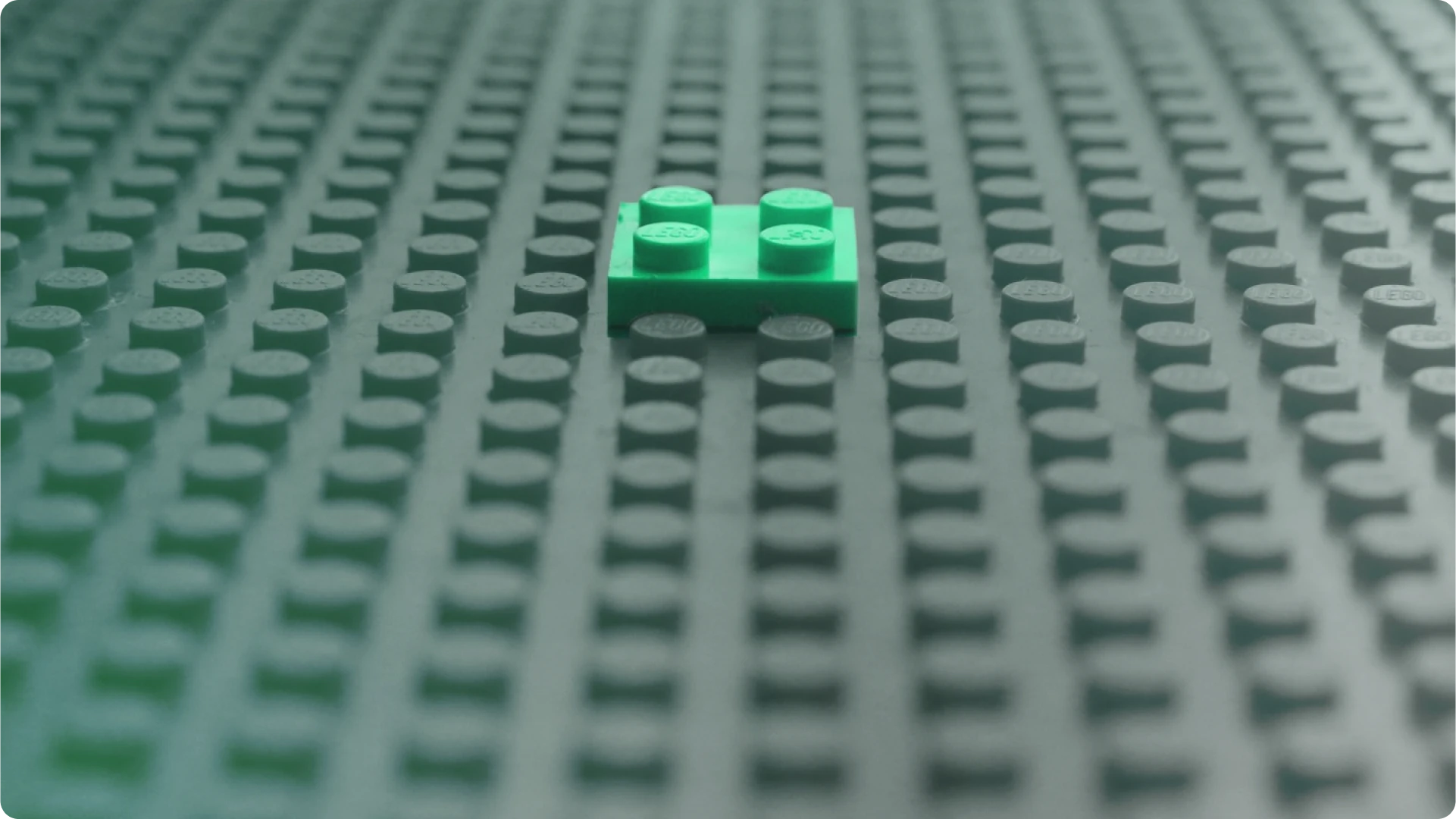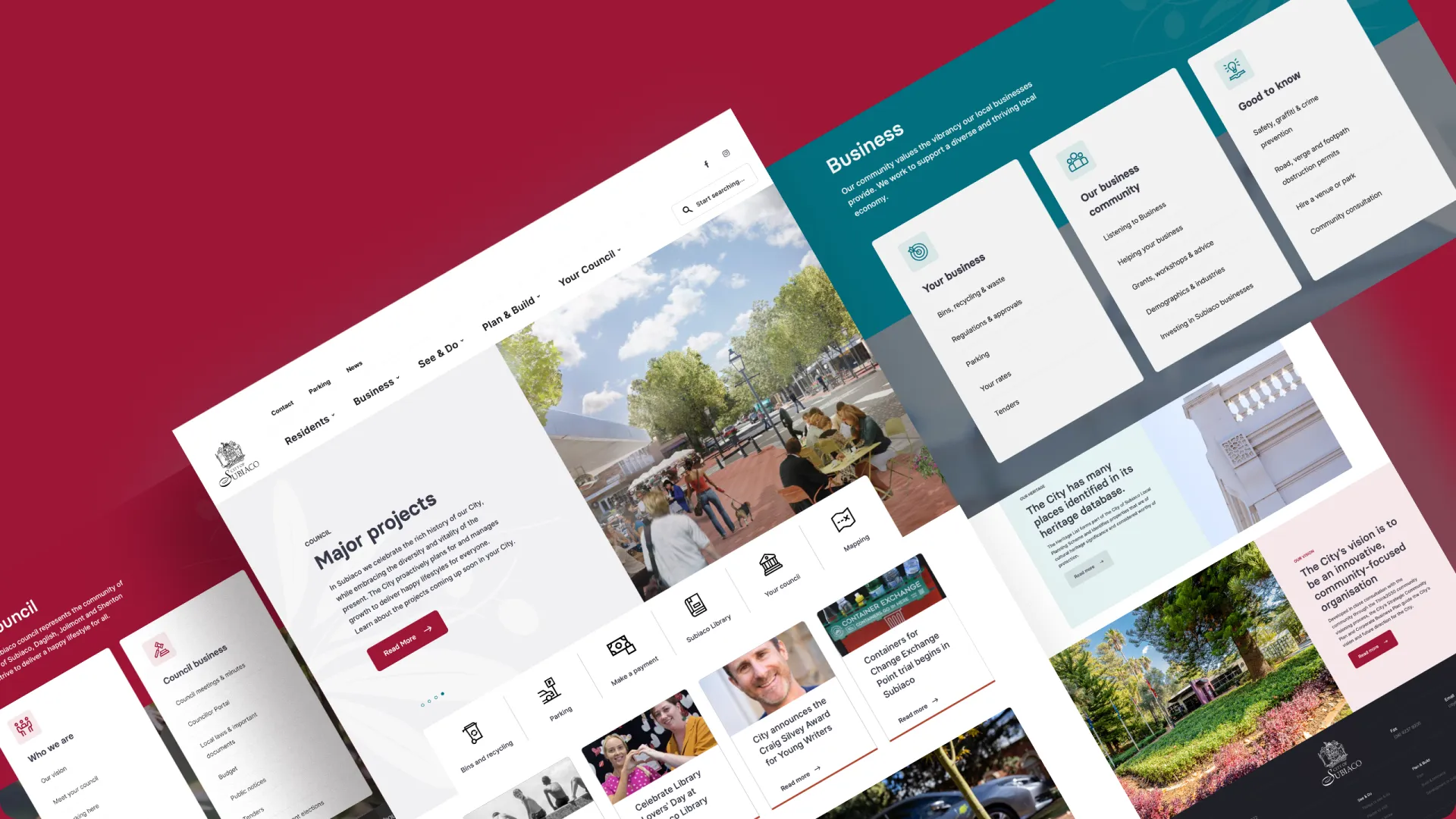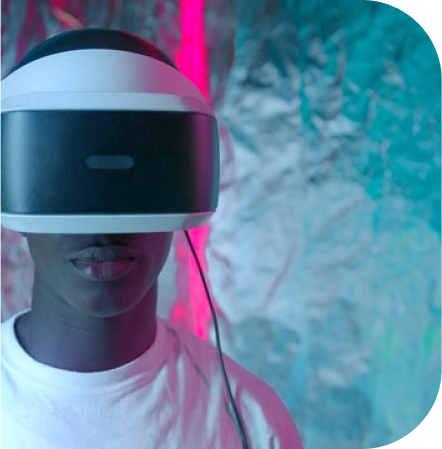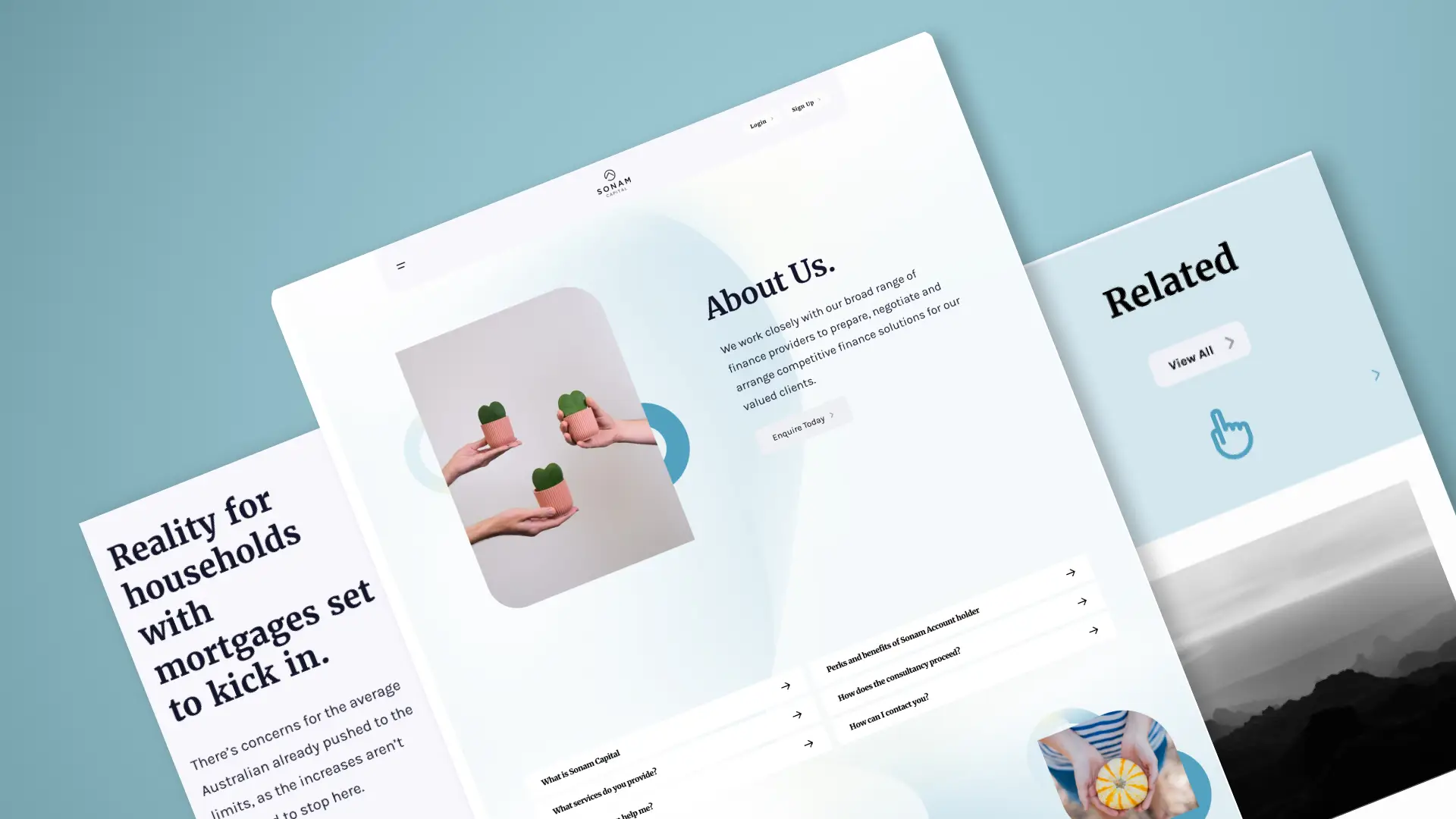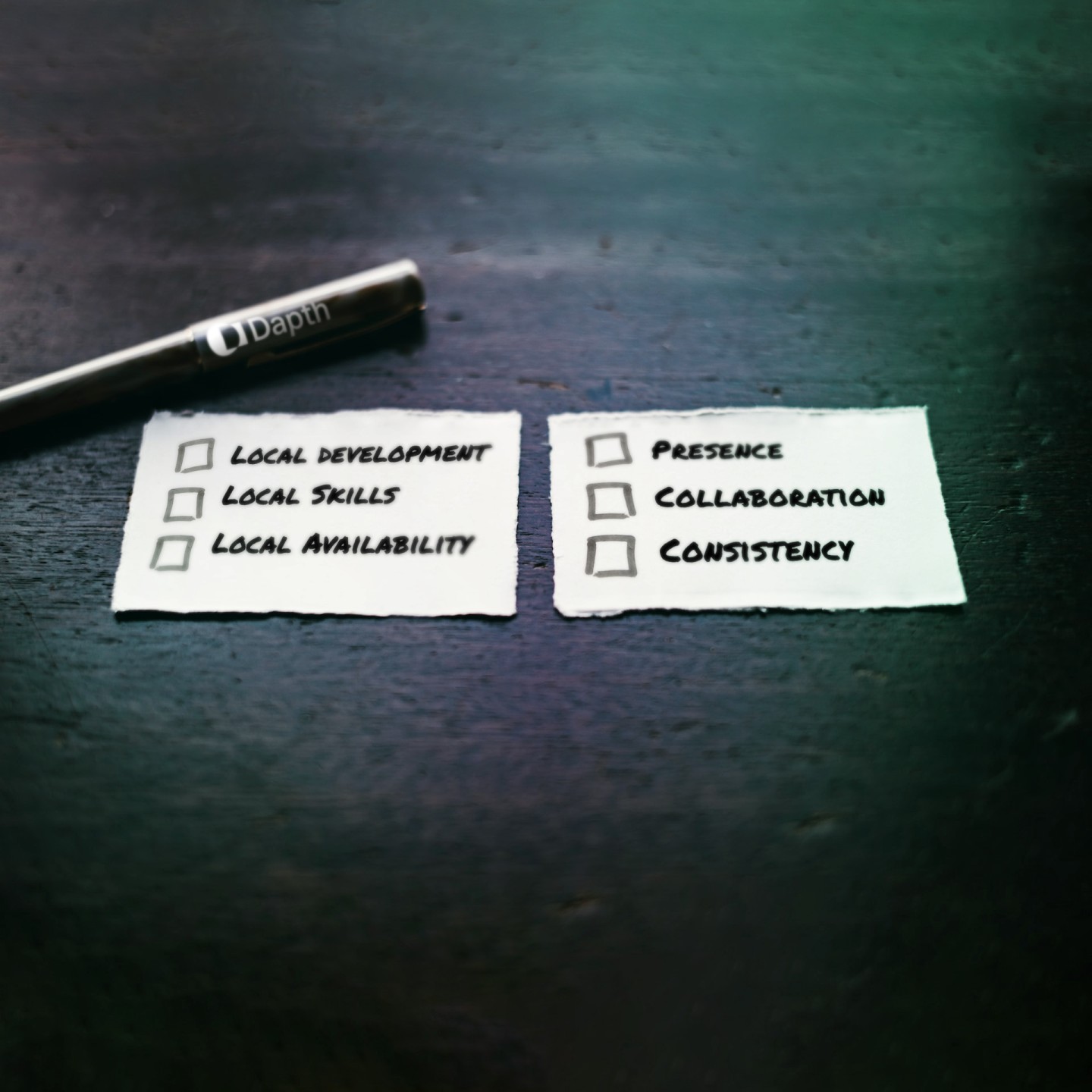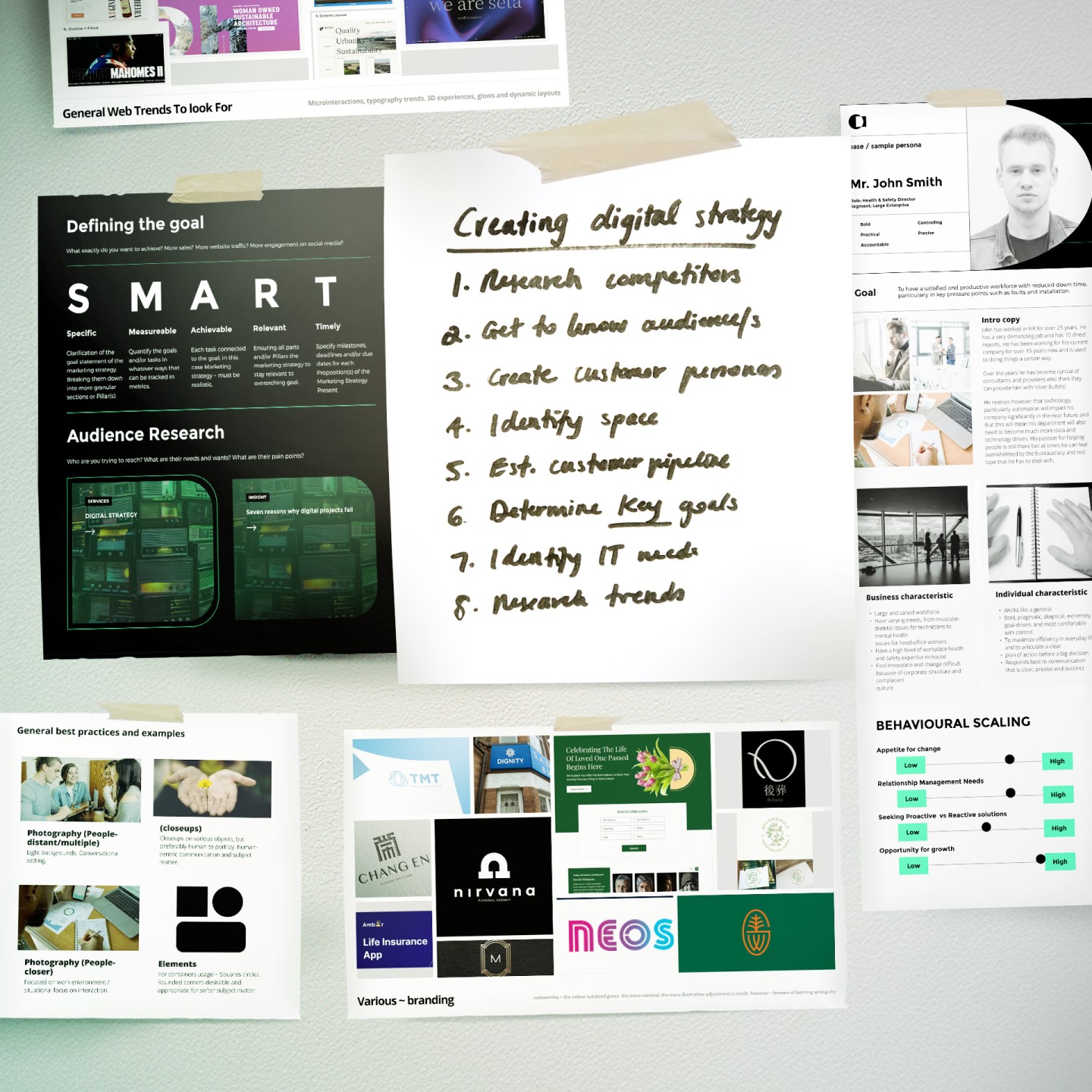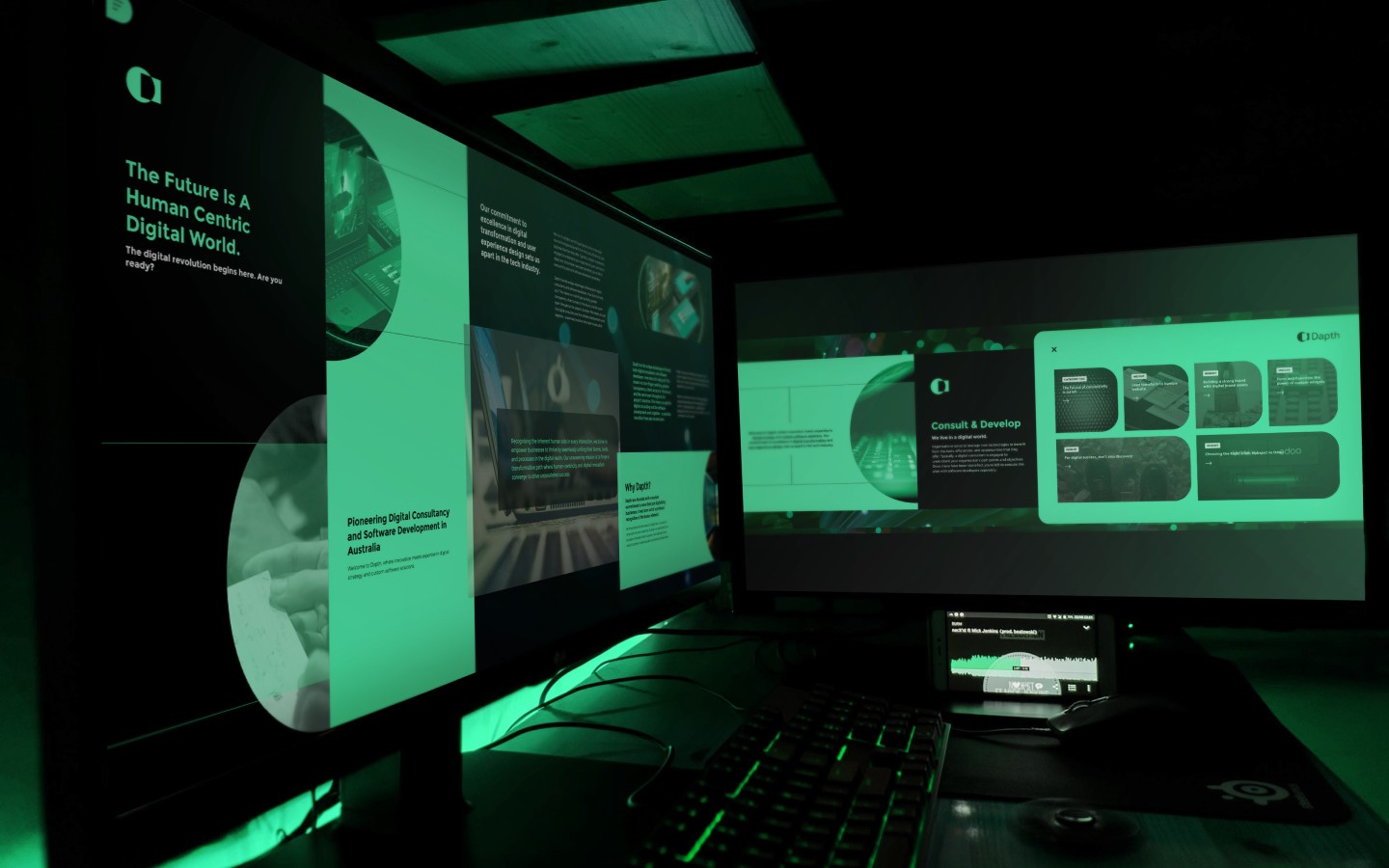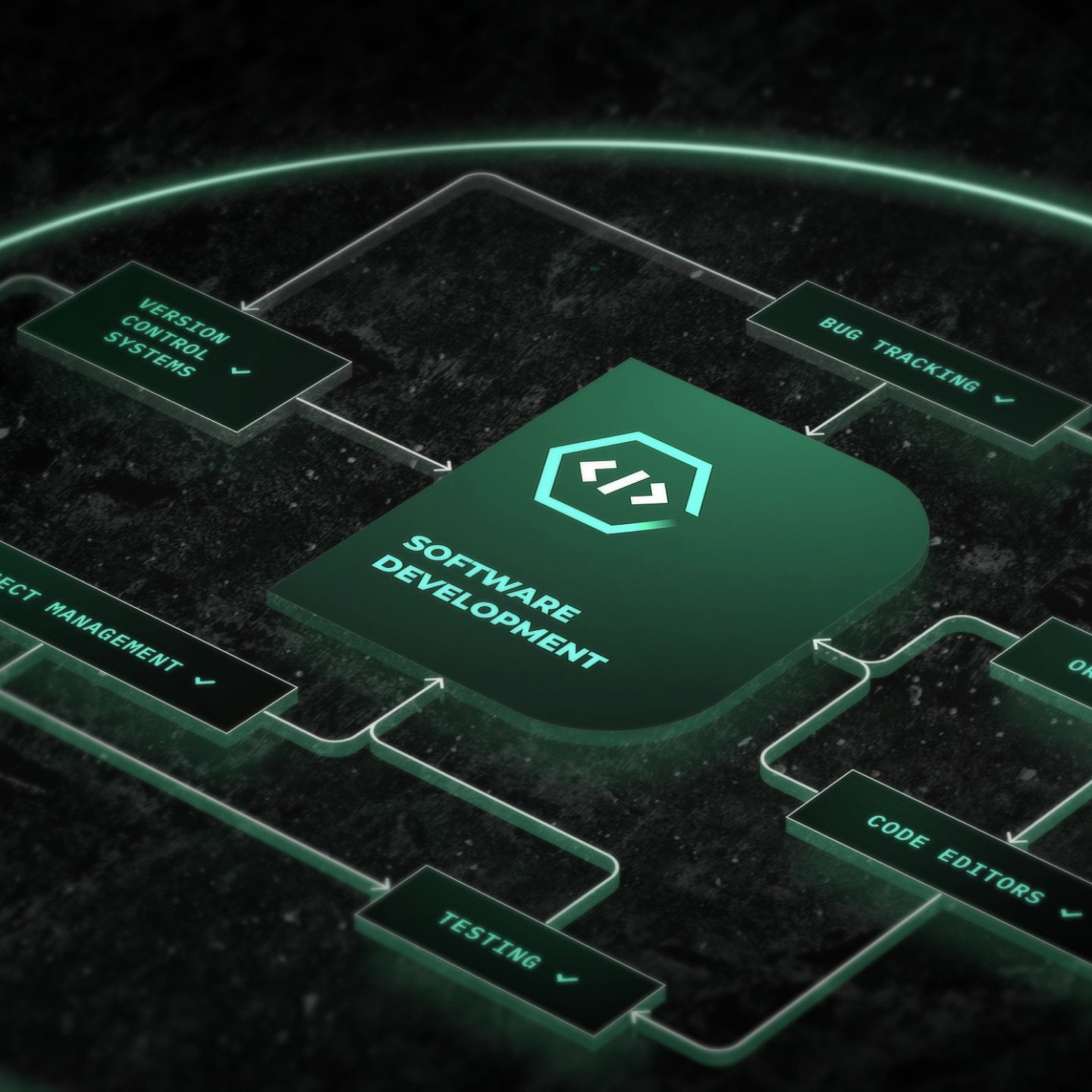
Imagine visiting a beautifully designed website that leaves you feeling frustrated and annoyed, because you couldn’t find the information that you needed.
This scenario highlights the importance of understanding the distinction between UX (User Experience) and UI (User Interface) and how they work together harmoniously.
Although the terms are often confused and used interchangeably, UX and UI do work together as a duo in the digital world but have very distinct roles. They’re both part of the overall design process and are often confused due to their overlap and similar end goals, but their interconnectedness is key to unlocking exceptional digital experiences.
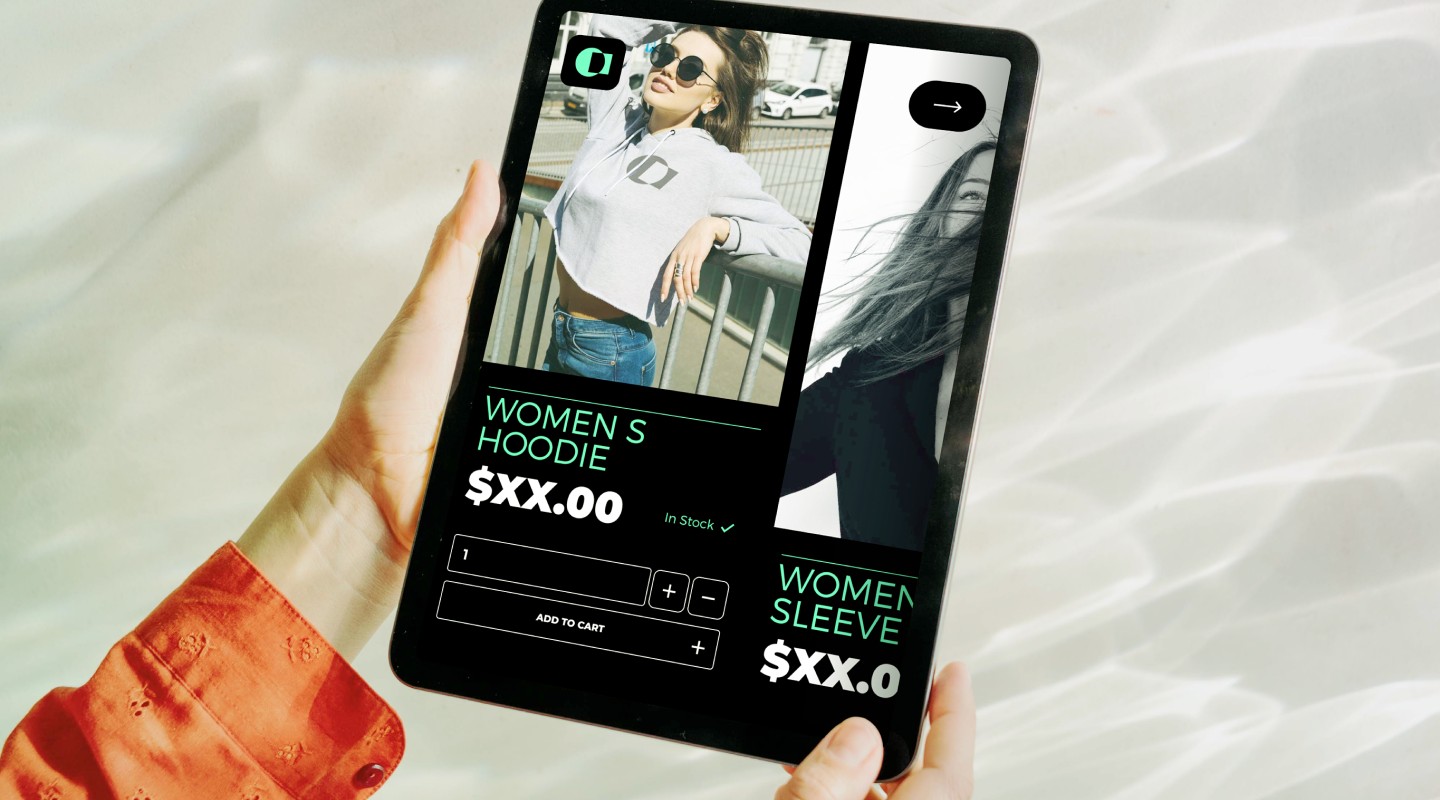
"User experience encompasses all aspects of the end user's interaction with its company, its services and its products."
Don Norman & Jakob Nielsen, "The Definition of User Experience (UX)

Understanding User Experience (UX)
UX is short for the term ‘User Experience’ and refers to the overall experience that a user has, which includes a very broad scope of all customer touchpoints. It also means that key components such as usability (the ease of use and efficiency of a system of product), accessibility (can be accessed and used by all, including those with disability) and desirability (creating an emotional connection and appeal with users) are central to providing a positive user experience.
Some of the key building blocks of UX include user research, IA (information architecture) and interaction design. The UX design process involves a few steps to maximise user satisfaction, and usually begins with user research to investigate what users are looking for in their product or service experience. Next in the process is wireframing (visual guide representing layout), prototyping (early sample to test concept) and testing. Seamless UX cannot be underestimated because it leads to many benefits - including leads to strong customer satisfaction, increased profit, conversions, brand loyalty and bottom line, as well as increased likelihood for positive word of mouth. It requires a knowledge of visual design principles such as typography, colour theory, interaction design, UX principles, excellent communication, and strong storytelling abilities.
User experience includes every single customer touchpoint and is not necessarily limited to the digital world. A good (or bad) user experience can be found anywhere – such as a library, shoe store, hotel, or gelateria.

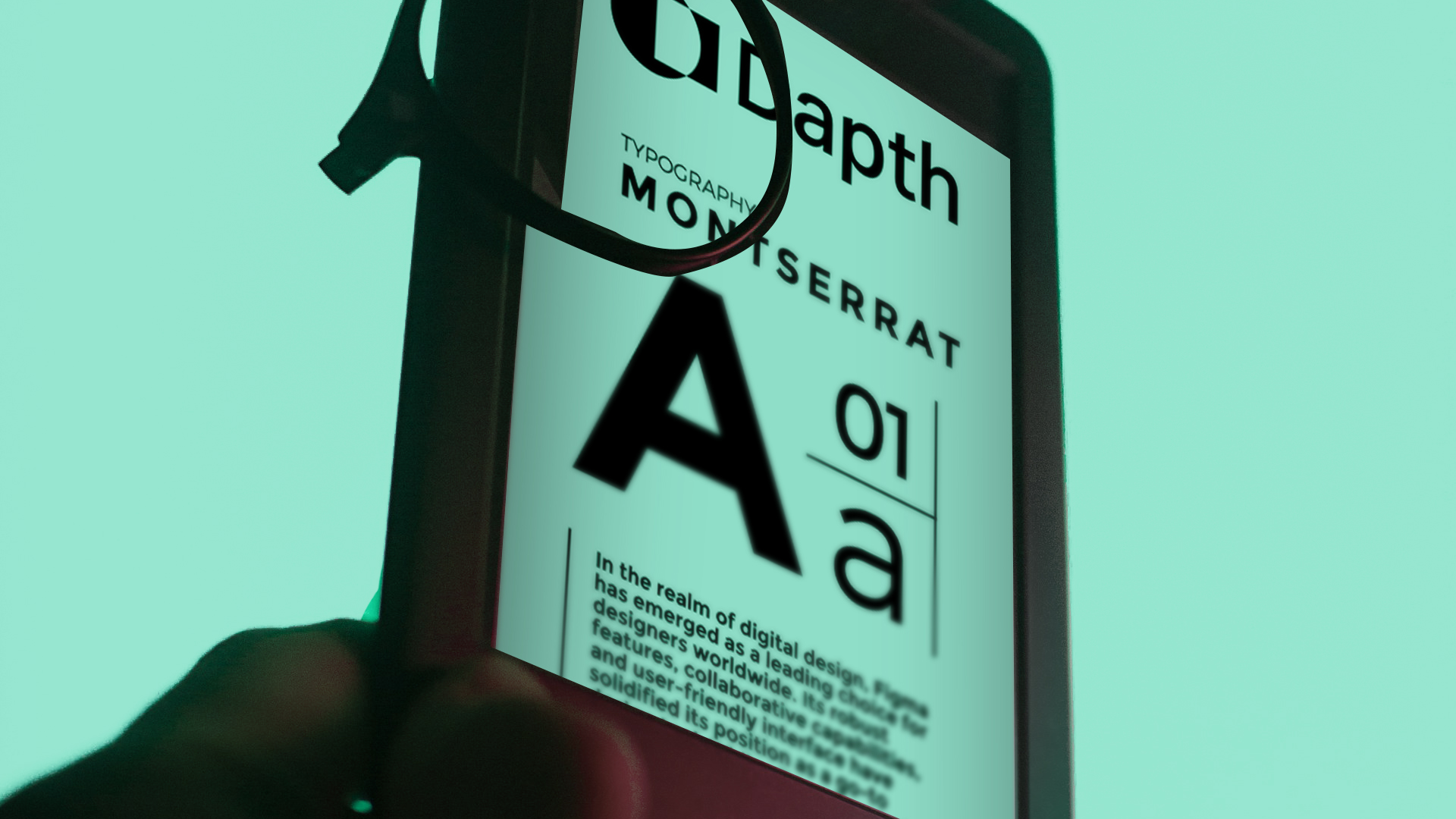

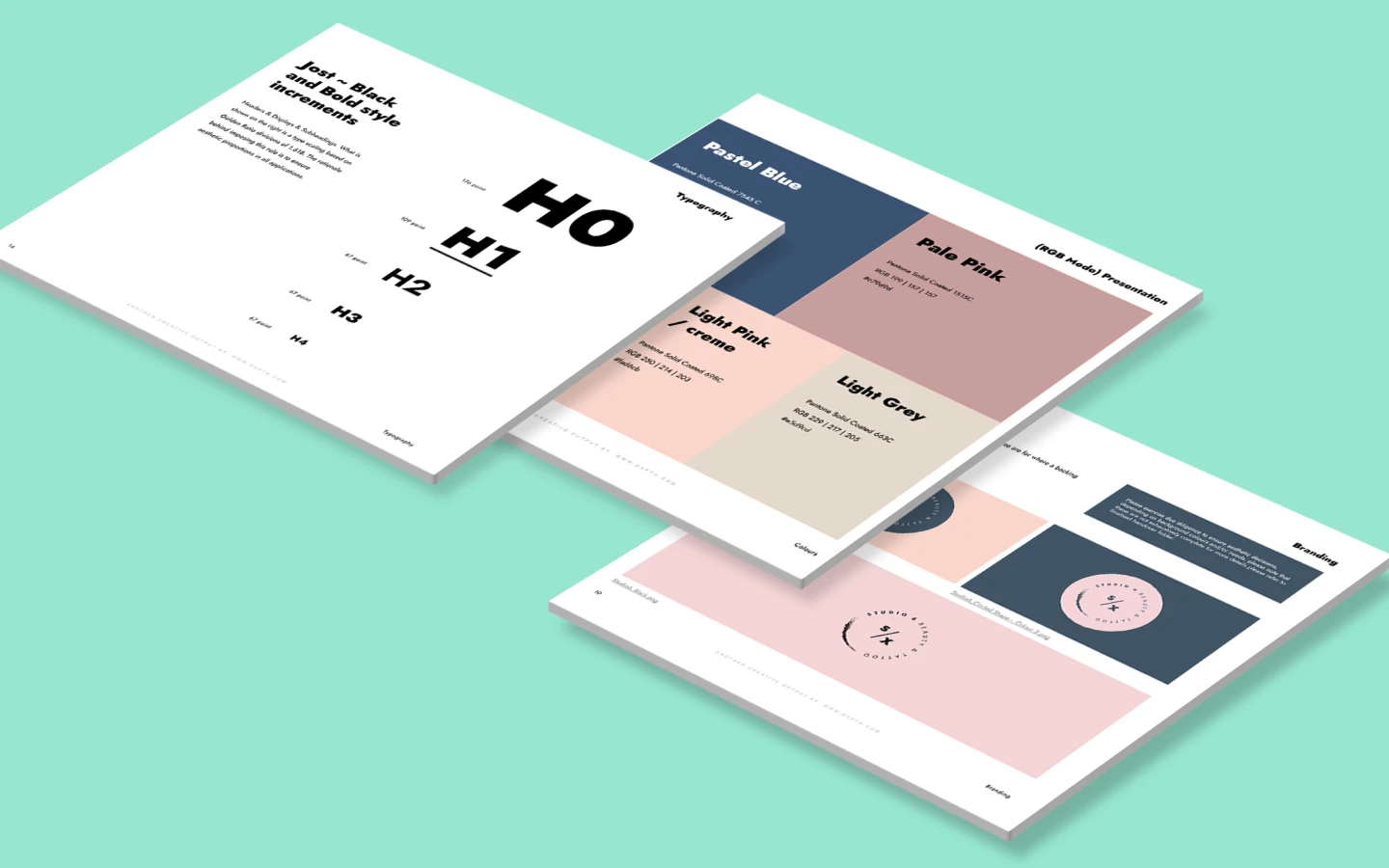
Understanding User Interface (UI)
UI, or User Interface design, plays a key role in facilitating interactions between users and digital products. It is comprised of a multitude of both visual and interactive elements. This includes everything from layout, colours and navigation to typography, and icons. It is crucial to ensure that UI design includes clear consistency, hierarchy, and responsiveness throughout.
It is centered around both aesthetics and utility and is more specialised than UX as it exclusively focuses on the elements that users directly interact with (tangible elements). A whole product, and user experience, often contains several user interfaces as the user proceeds through the customer journey via touchpoints.
Spotify is a great example of exceptional User Interface design - visually appealing, thus contributing to a highly engaging experience. Through its use of vibrant colour schemes and bringing artist imagery and album artwork to the forefront, Spotify has created a truly immersive visual environment. Personalisation is also key to the Spotify UI, with curated recommendations, personalised playlists, and intuitive navigation throughout. The UI design enhances overall user engagement through an enjoyable and visually appealing experience.
UI includes creating original graphic designs, building page navigation buttons and search fields, illustrating design ideas using storyboards, process flows and sitemaps, and developing UI mock-ups and prototypes clearly illustrating how the digital solution will both look and function.
Key Differences Between UX and UI
The overlapping aspects of both terms must be acknowledged. A common misconception is that UX and UI are interchangeable. Overall, UX encompasses a much broader scope and focuses on the total experience - involving a deep understanding of user needs through conducting user research, creating user personas, and ensuring an intuitive user journey. UI is specialised, technical and not all-encompassing like UX, concerned with the visual and interactive elements and designing the actual interface only. These elements are generally visually appealing and intuitive interfaces aligning with the brand’s identity and enhancing overall usability.
User Experience is not something you can touch (it’s not tangible). It’s simply the result of an overall product or service being ‘good’. A holistic term and can be used to describe any type of user experience – not necessarily digital. For example, if you go to a restaurant and the overall service is poor, then you have had a poor user experience or UX, whereas UI is concerned more with visual and interactive design. In the context of a restaurant, that could be the booking system. UI is more of the artistic disciplines of the two whereas UX is more about problem-solving. UX is also a very broad term. With the terms often used interchangeably, it can be challenging to determine the difference between both. Although UX and UI are clearly distinct, both UX and UI contribute to the overall design process as they collaborate (go together). This is because the UI design has an impact on the overall UX, and it's not a good process if the UI is amazing but doesn't solve any user problems effectively.
Designing UI components and elements involves creating original graphic designs, building page navigation buttons and search fields, illustrate design ideas using storyboards, process flows and sitemaps, develop UI mock-ups and prototypes clearly illustrating how sites will look and function.
In contrast, designing UX components involves knowledge of visual design principles such as typography and colour theory, interaction design, UX principles, excellent communication, and storytelling abilities. They need to work together for the best results as great products and services are backed up with this partnership. Although they achieve the goal differently, the aim of a good user experience and user interface is ultimately delivering value to the end user.


The Takeaway
Ultimately, UX and UI strive to achieve the same goal: to create quality products with flawless functionality, are a joy to use and successfully meet the end user’s needs, whatever they may be. They focus on different aspects of the product design process, collaborating closely throughout the design process to reach this end goal. UX is a human-first approach to product design whereas UI is designing the aesthetic experience. Whereas UX considers task analysis to see how users complete tasks as part of a flow, UI considers the look and feel in terms of product customer analysis.
Investing in both UX and UI allows organisations to build products and services that are user-friendly and strongly aligned with user expectations; ultimately leading to clear benefits such as improved profits, customer satisfaction, conversions, and brand loyalty.
It is crucial to have a robust understanding of how both elements work as part of the overall design process, and prioritising both throughout. Furthermore, it’s important to embrace the collaboration between UX and UI designers to unlock exceptional digital experiences.

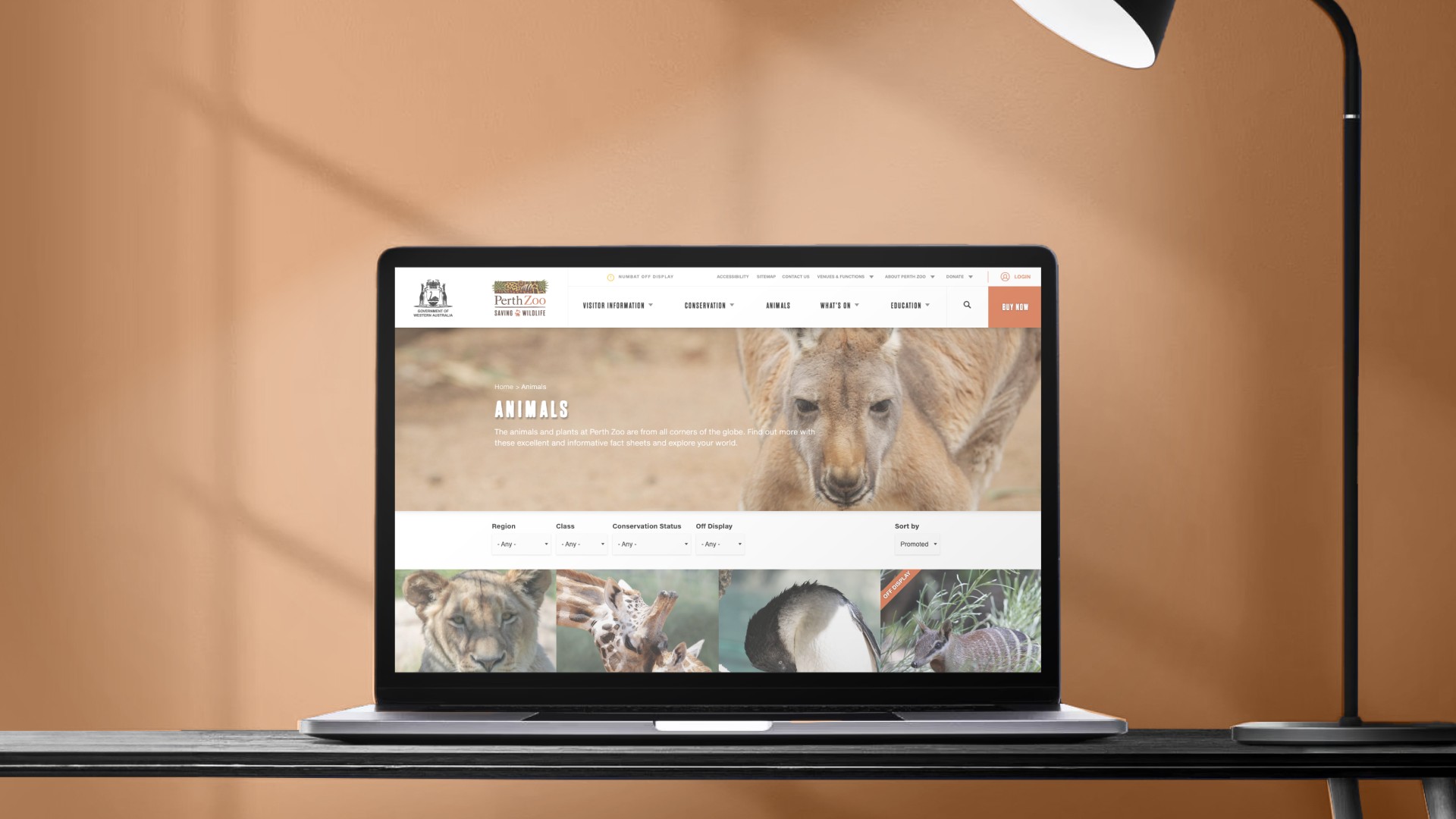

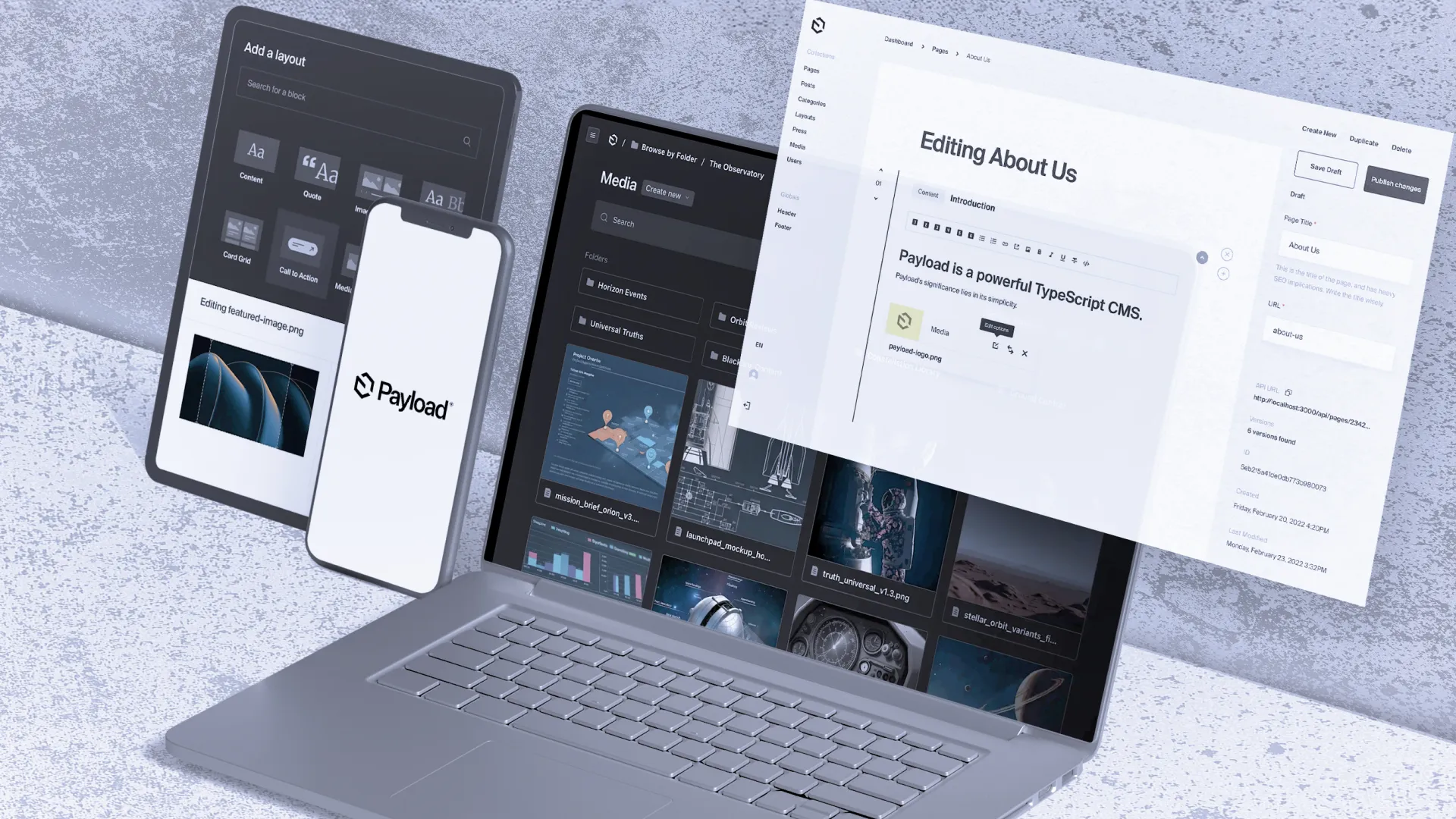

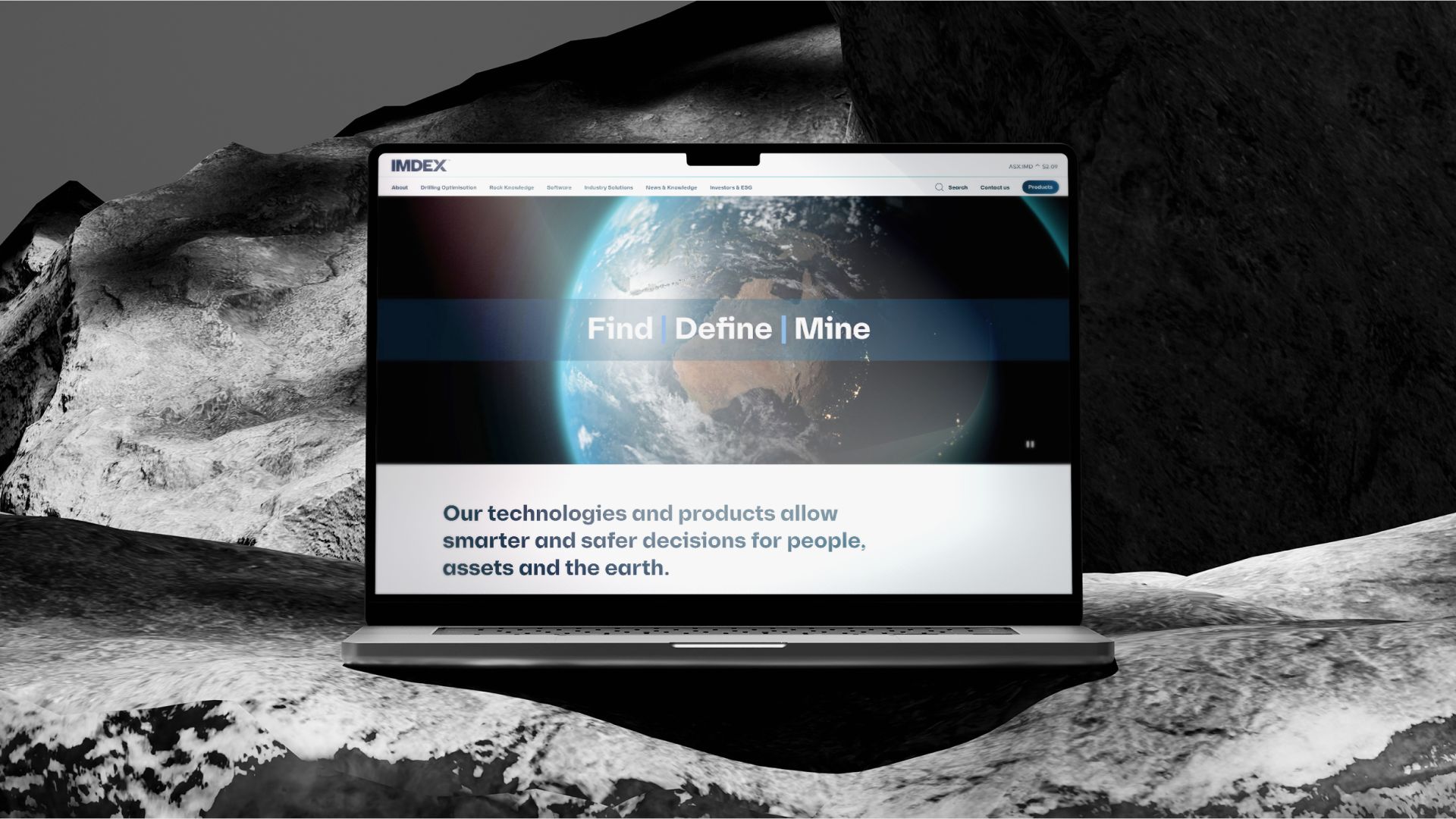
_web.webp)

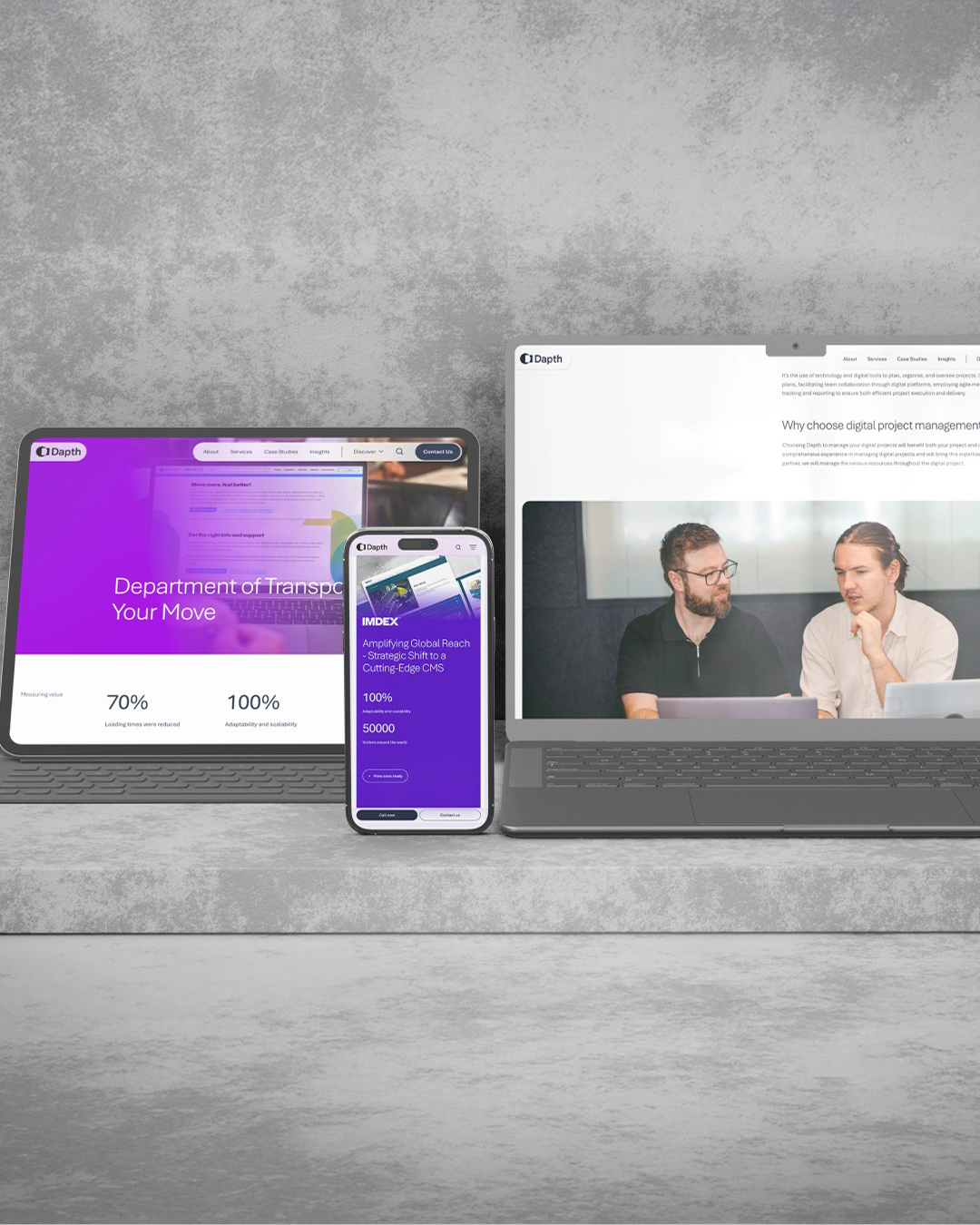



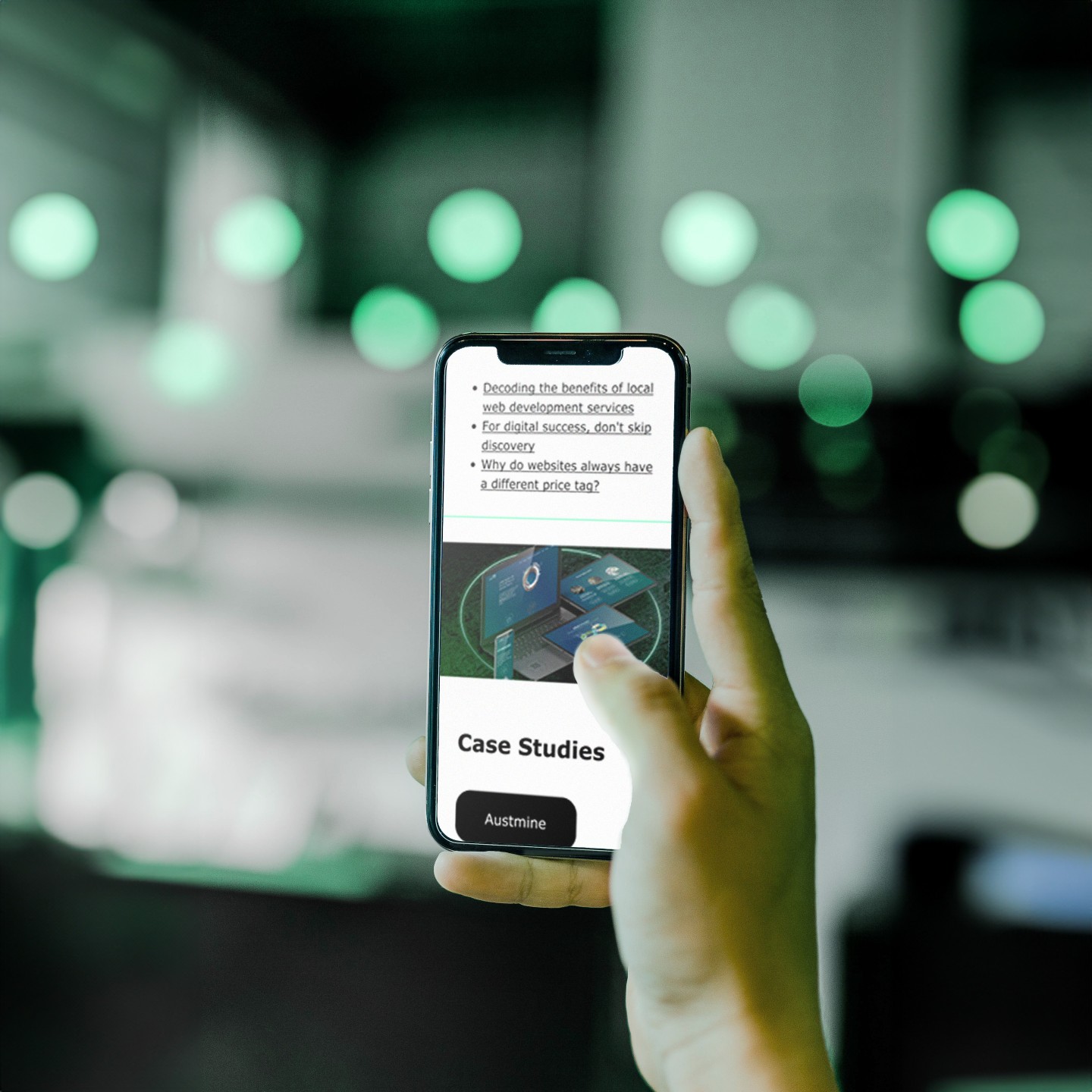

















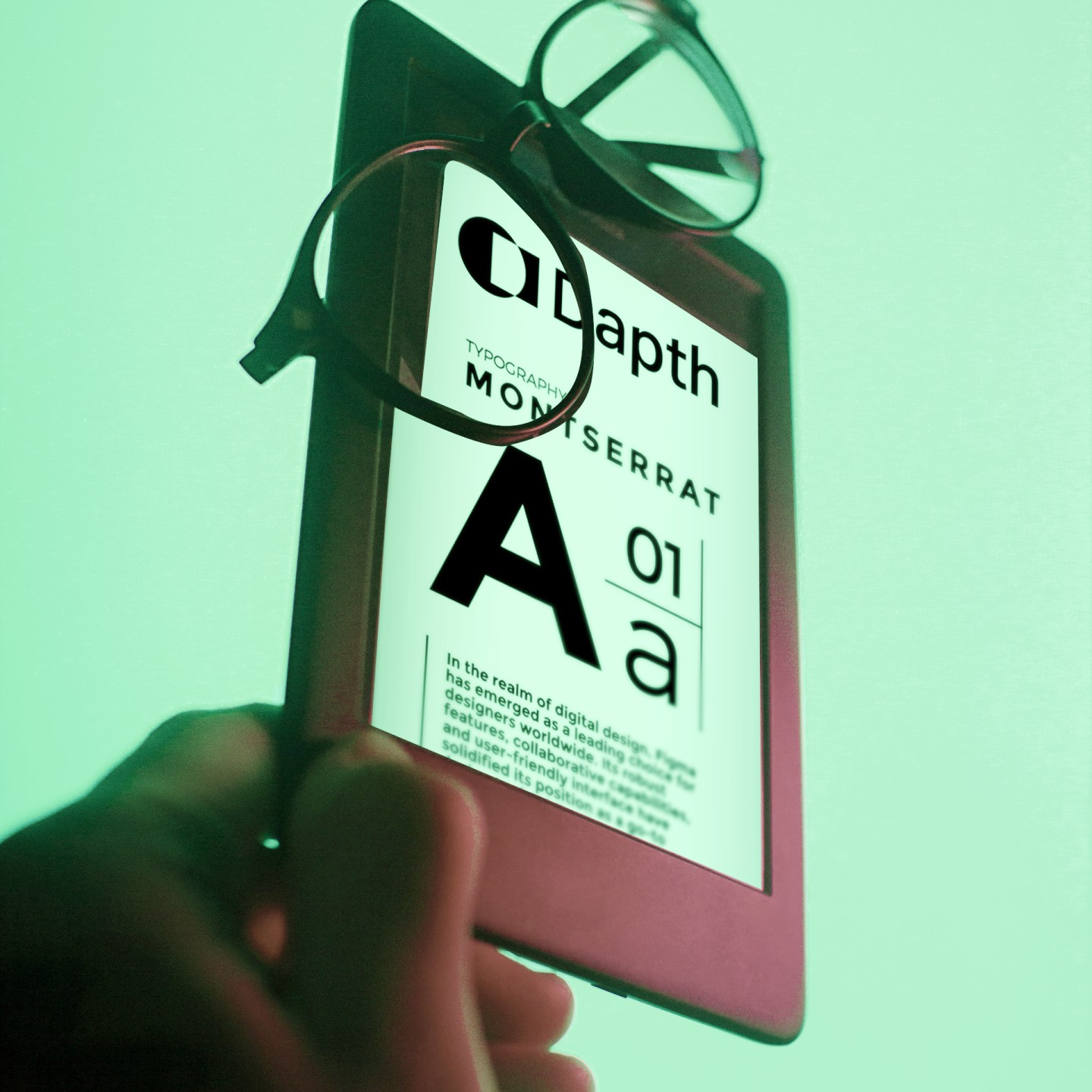




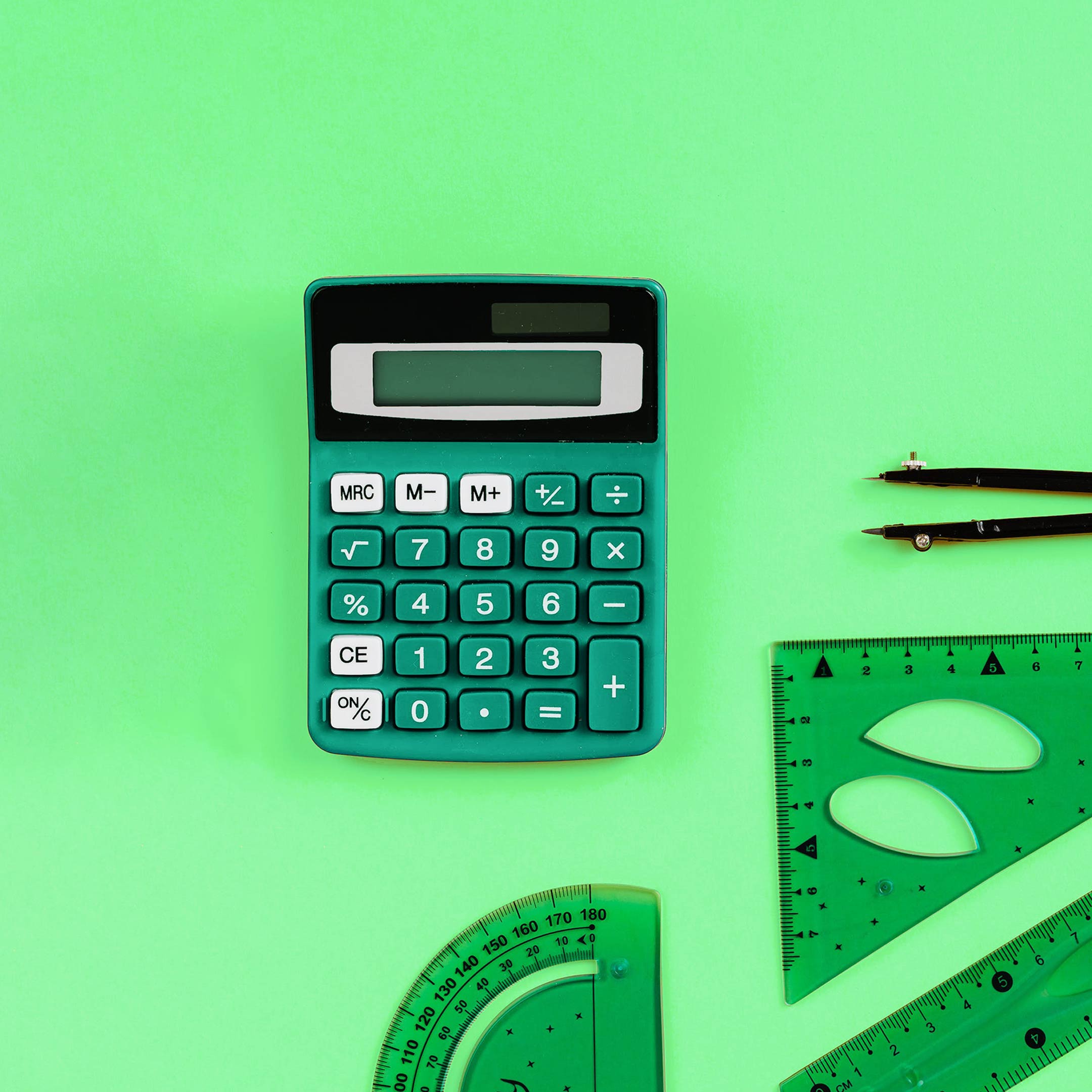

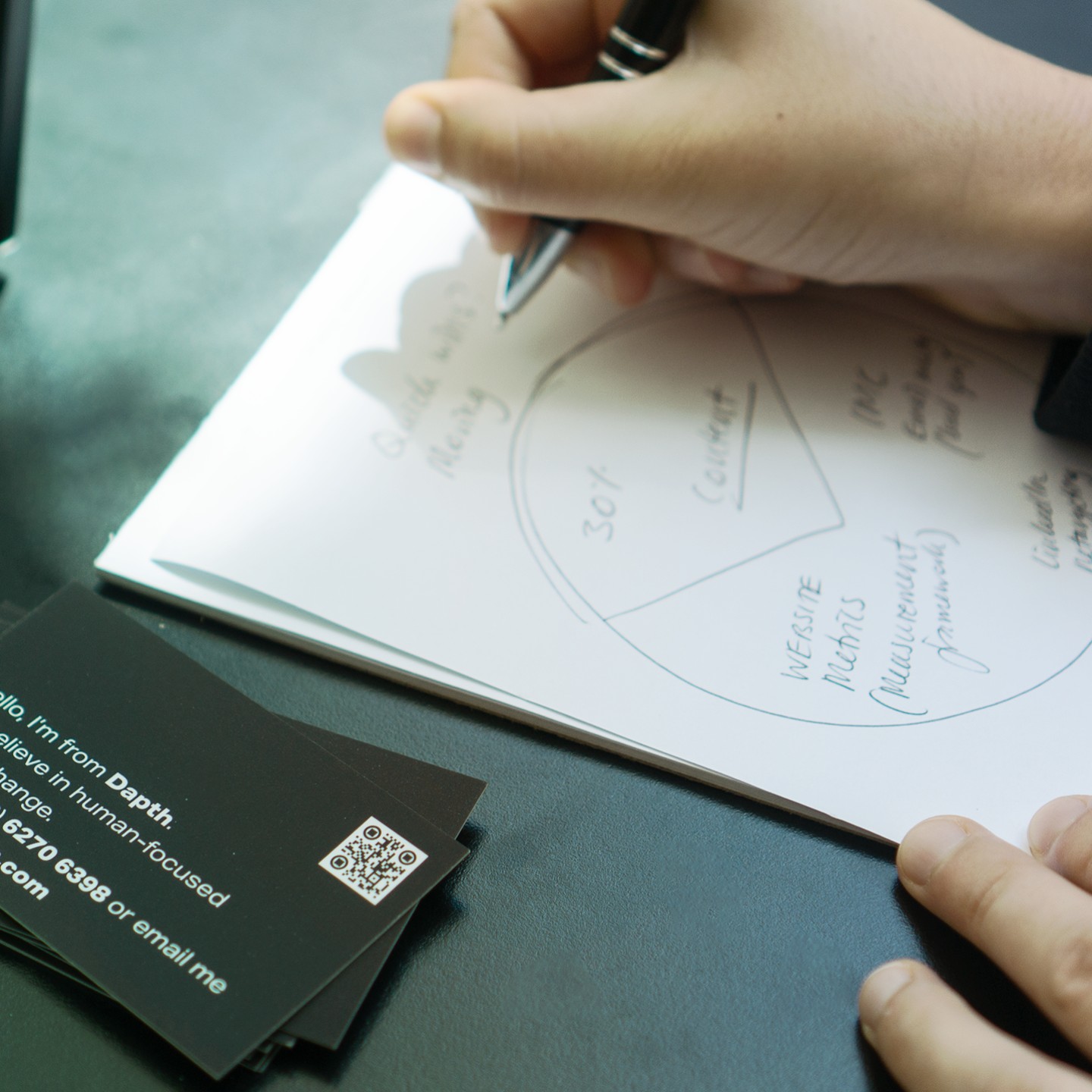
_web.webp)
_web.webp)
_web.webp)

_web.webp)

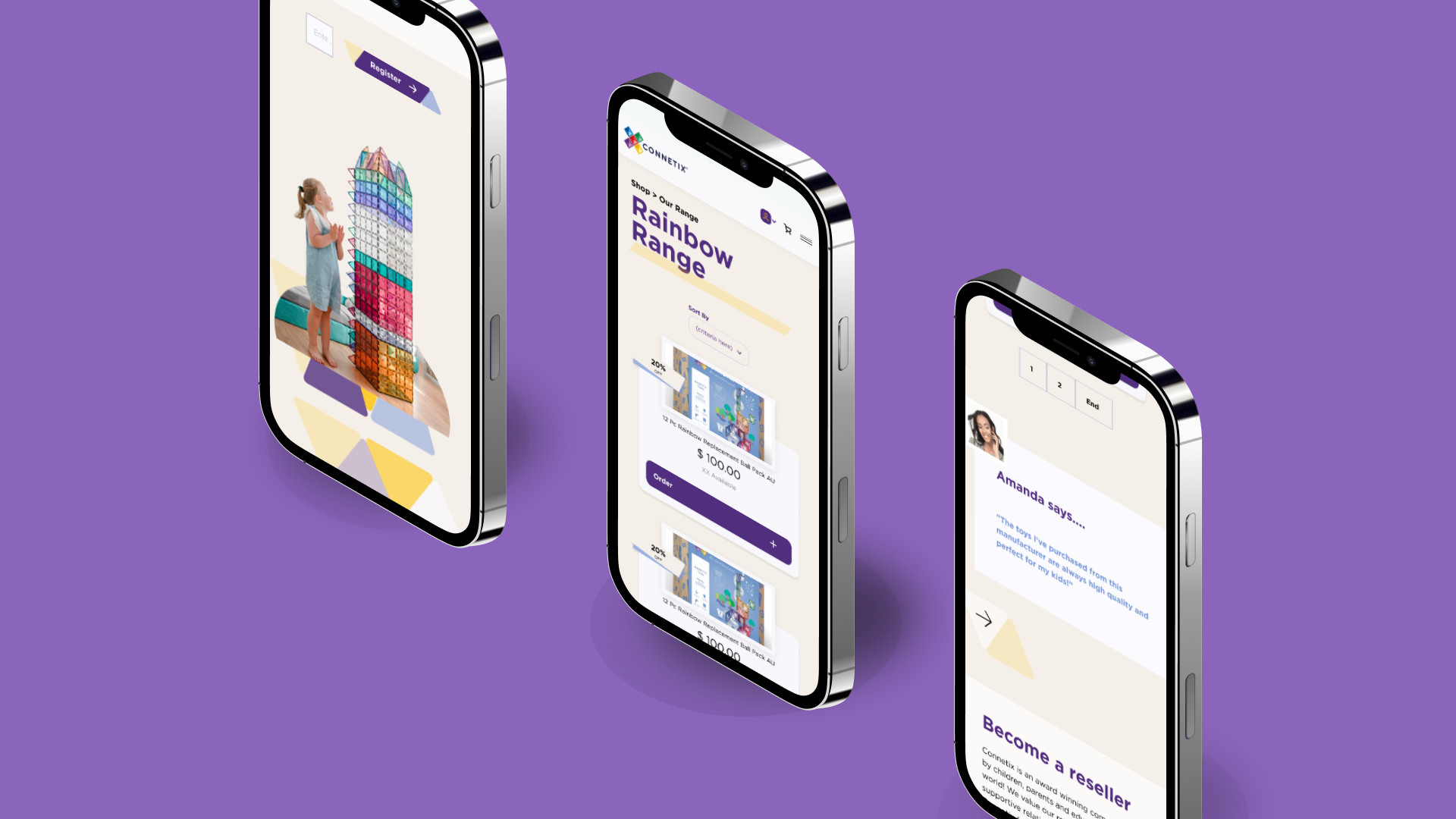

_web.webp)

